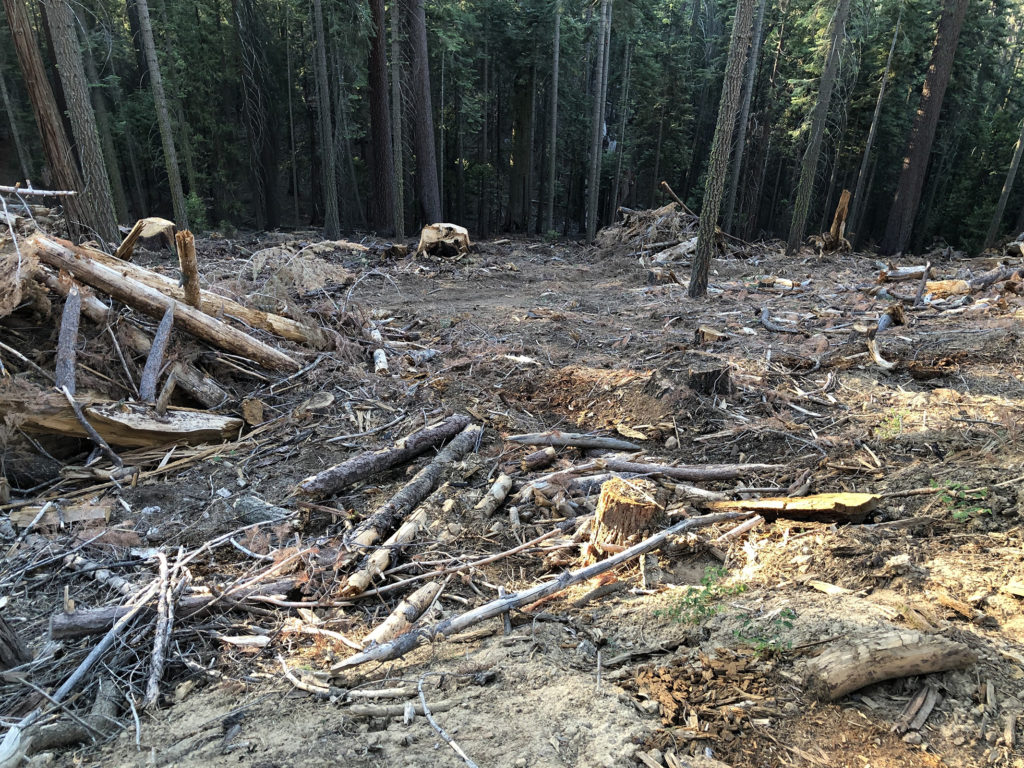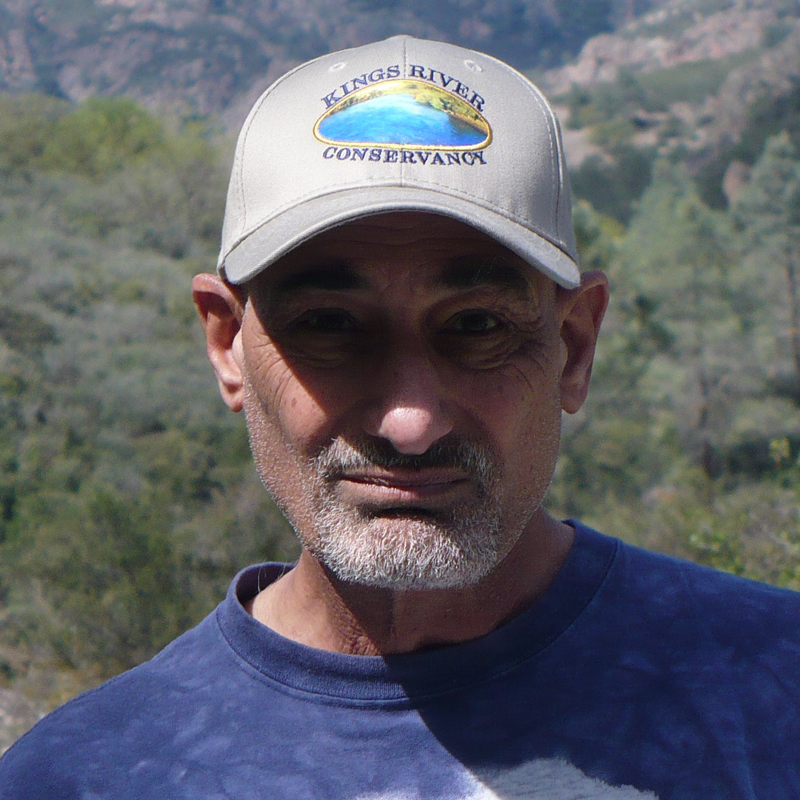

What’s behind the logging in Yosemite National Park? It was announced as a fuel reduction project by park officials to improve fire resistance in the park’s forests but has instead ignited controversy and generated a lawsuit.
The logging has been stopped, temporarily at least, because of legal action brought against Yosemite by the John Muir Project and the Earth Island Institute. Here’s the way Yosemite describes the project:
This project reduces post-drought and post-fire fuels to protect the Merced and Tuolumne groves of giant sequoias, Yosemite Valley, the communities of Yosemite West, Wawona, El Portal, Foresta, Yosemite Village, significant Pacific fisher and great gray owl habitat, prehistoric and historic archeological sites, and improves safety for the public and first responders. Immediate actions are needed to protect these areas from high severity fire.
Enter Chad Hanson, founder of the John Muir Project. As a forest ecologist, Hanson has been skeptical of some of the forest management practices of the U.S. Forest Service, which has lands designated for multiple use oversight. But he was really taken aback by what was going on, especially in Yosemite Valley.
“The park began a very large commercial logging operation in Yosemite Valley. Logging the forests, logging mature, live trees up to 20 inches in diameter, which are 90 to a hundred years old.
“On average, [for] those trees it takes two people to reach their arms around and touch hands on a tree of that size.”
The park service was logging in parts of the forest that had been affected by drought, fire and bark beetle infestation.
Hanson points out that park managers are not even following their own guidelines, “They’re not supposed to be logging in 99% of the park. They’re only supposed to be doing some tree cutting adjacent to homes. And so, we filed suit.
“We just asked them to comply with their own fire management plan.”
Making matters worse, the National Park Service (NPS) did not notify the public about the projects or hold any public meetings, and Yosemite officials did not allow public comments. The litigants say that violates federal law.
As global warming continues to dry out the forests of the western states, the U.S. Forest Service is increasingly using an administrative shortcut called “categorical exclusions” to move forward fire prevention efforts with a much shorter, less comprehensive environmental review.
Hanson was dismayed to learn that the NPS has decided to launch a highly impactful project that includes logging, burning and land clearing in Yosemite Valley, the Merced Grove of giant sequoias and other areas in the park, including near residential communities.
“They’re really supposed to be for very, very, very minor things with no environmental impacts, non-controversial things like a new information kiosk at a trailhead, weed whacking next to a paved road, simple, small things. You don’t want to hold up a federal agency on repainting the ranger station.”
The current project, according to Hanson, is not in keeping with the fire management policy Yosemite had previously adopted.
“The park is directed to manage the forest through fire including prescribed fire and wildland fire. And that’s what they violated. Instead, they just decided they were going to do a bunch of logging out in these wildland areas instead of following their own fire management plan.”
Another aspect of Yosemite’s fire management strategy that breaks with tradition, Hanson says, is the commercial connection that seems out of touch with our ongoing climate crisis.
“The park service is selling these trees to private logging companies to haul away to lumber mills for lumber or to haul down to biomass plants and incinerate the trees for energy production.
“Not only is that really damaging from a wildlife habitat standpoint, removing all those live and dead trees, but it’s a terrible idea from a climate change standpoint, because when you burn trees or portions of trees for energy, it actually emits about 40% more CO2 into the atmosphere than burning coal for equal energy produced.
“It’s even worse than coal from a climate change standpoint. So, it’s a really, really bad idea.”
Hanson suggests there was and still is a better way to make the forest more fire resilient without the logging and removal of large trees, “What the park would typically do is if some of those trees were hazard trees and might fall on a road or campground, they just fell them, but leave him on site for wildlife habitat.
“Those large down logs are really important wildlife habitat. They store a lot of carbon, they cycle important nutrients back into the soil.”
Further south in the Sierra, another way to achieve wildfire resilience has been in practice for years. Hanson praises what land managers at Sequoia-Kings Canyon National Park have successfully accomplished with prescribed burning and removal of fire fuels without logging or clearcutting. Giant Forest is a worthy example.
Without their persistent ecological approach to wildfire protection many more sequoias, including the world’s largest tree, would have been consumed by the 2021 KNP Complex fire.
Now, the court will have a say about what could happen in Yosemite going forward.


That was a very good article, very clear and well-quoted and informative. Thanks!